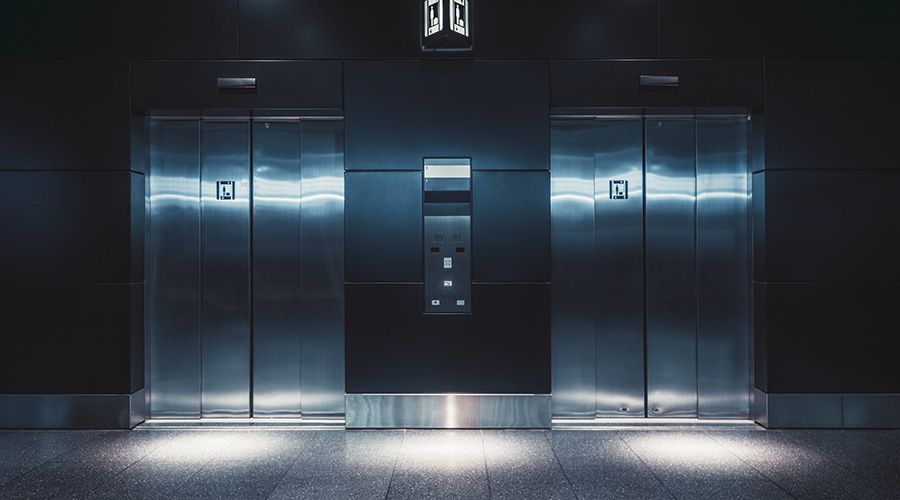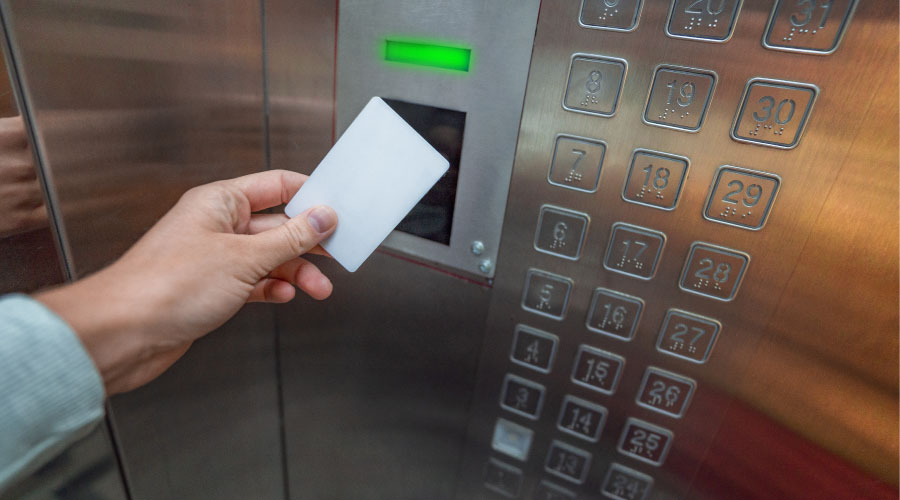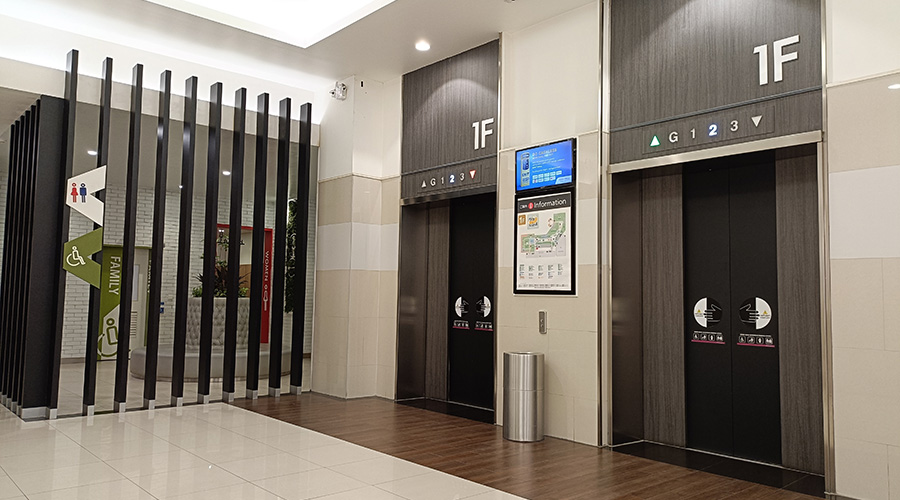How to Understand a Patchwork of Elevator Regulations
Compliance standards vary from city to city and state to state. Here’s what you need to know to best situate your facilities to meet regulations.
By Eric Lazear, Contributing Writer
Consistent elevator operations, along with accessibility and safety, are vital to ensuring a well-functioning building that appropriately serves all tenants, visitors, and guests. But with a patchwork of regulations at the federal, state, and local levels, understanding what is needed to provide those stellar operations and be in compliance with a variety of codes and laws can be challenging at best.
Building owners and facility managers face significant risks if they fail to ensure elevator compliance. While the specific details may vary, three primary codes establish the foundation for elevator safety requirements: the American Society of Mechanical Engineers (ASME) codes which set standards for design, construction, and engineering; the International Building Code (IBC) which mandates aspects like installation and hazards in construction environments; and the Americans with Disabilities Act (ADA) which outlines accessibility provisions for individuals with disabilities.
Understanding the basics of federal, state, and other regulations can help unwind the confusion and promote regulatory adherence, as well as simplify planning for ongoing and future needs.
The Americans with Disabilities Act (ADA) sets federal accessibility standards that are a key component of any modern building's viability. State and municipal codes often go even further, stipulating requirements beyond the ADA like specific weight limits, emergency communications, door sensors, and door timing.
The ADA's standards for accessible design also stipulate requirements for elevators, such as ensuring cab dimensions are large enough to accommodate wheelchair users, that buttons are placed at the proper height, and that audible and tactile signals are provided. ADA compliance is the mandated minimum, but viewing upgrades through the lens of universal design means more users reap the advantages. Staying ahead of evolving codes future-proofs buildings for optimal safety and ease of use.
Elevator codes do not change often, but when updates occur, they can have major implications for equipment, budgets, and safety processes that facility managers must be prepared for. These codes can vary greatly depending on the state and municipality, so facility managers must research the specific requirements for their location. An experienced local provider can assess existing and potential buildings to determine elevator compliance viability, including anticipated testing needs. They can create checklists for required inspections, maintenance timelines, and necessary upgrades, enabling proper planning and budgeting.
This local expertise is invaluable for confidently navigating the regulatory landscape. For example, New York City and the State of Florida recently mandated door lock monitoring on all elevators. And New York City recently mandated emergency brake systems in addition to the main machine brake. Both Florida and New York City, along with many other jurisdictions, have also adopted, in full or aspects of, the ANSI A17.1 2019 Code Version, which requires two-way audio / text / visual elevator cab communication on new or newly remodeled elevators. Companies can work with contractors to meet these new specifications.
The disparity in elevator regulations poses substantial hurdles for companies operating across different regions, especially in densely populated areas with numerous properties. Maintaining compliance becomes exponentially more complex when managing a portfolio of buildings that each must adhere to wildly divergent codes and requirements. This regulatory patchwork amplifies costs and staffing needs for larger operators.
Adding to the inconsistencies, certain states allow independent contractors or even elevator mechanics themselves to conduct inspections without third-party oversight. This potentially undermines safety and creates situations where inspections lack standardization and rigorous enforcement of codes. A further lack of uniformity arises as some jurisdictions require more frequent inspections than others.
In addition to code compliance, facility managers must prioritize emergency preparedness and response plans for elevator incidents like power outages or malfunctions. While elevators are generally very safe, unforeseen emergencies such as power outages or mechanical malfunctions can occur, requiring swift and effective action to ensure the safety of passengers. These emergency plans should outline clear protocols and procedures to guide occupants and staff on how to respond calmly and efficiently in the event of an elevator-related emergency, including deploying emergency call systems, ensuring communication with emergency services, and implementing procedures for rescue operations.
By proactively partnering with local elevator experts, documenting protocols, understanding inspections, and prioritizing accessibility, facility managers can optimize elevator functionality while mitigating one of their highest-risk systems. Vigilant management focused on safety, compliance, access, and a collaborative approach with inspectors helps elevators remain a dependable, code-compliant asset. In buildings that could grind to a halt without them, ensuring elevators operate smoothly is both a regulatory necessity and an operational imperative.
Eric Lazear is Chief Revenue Officer for American Elevator Group.
Related Topics:












